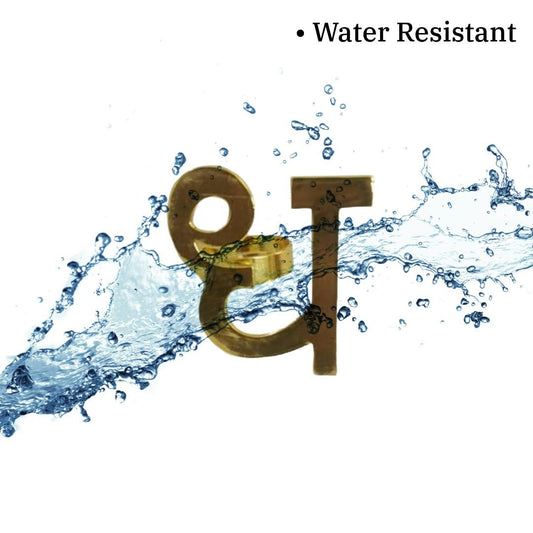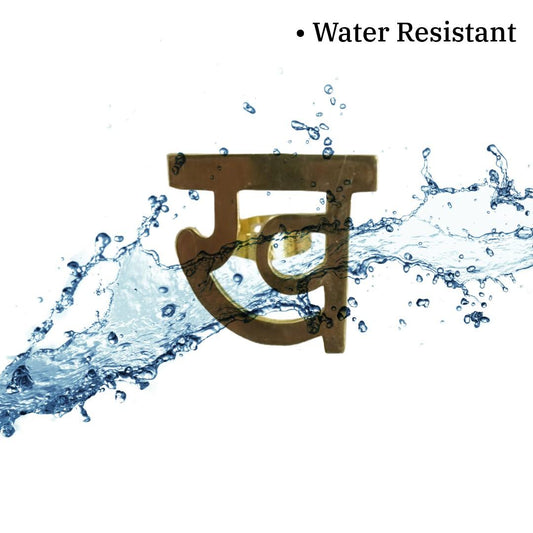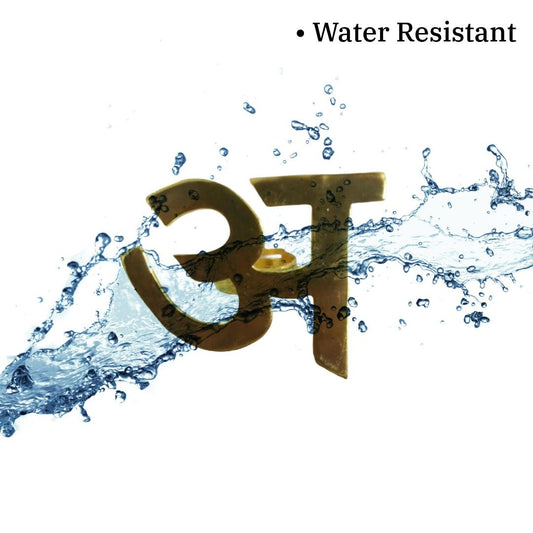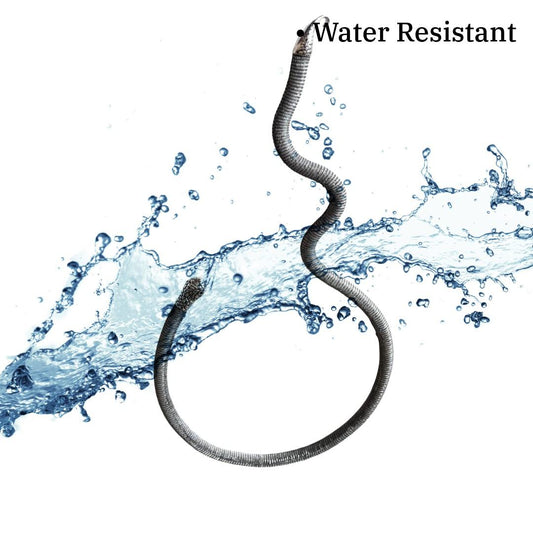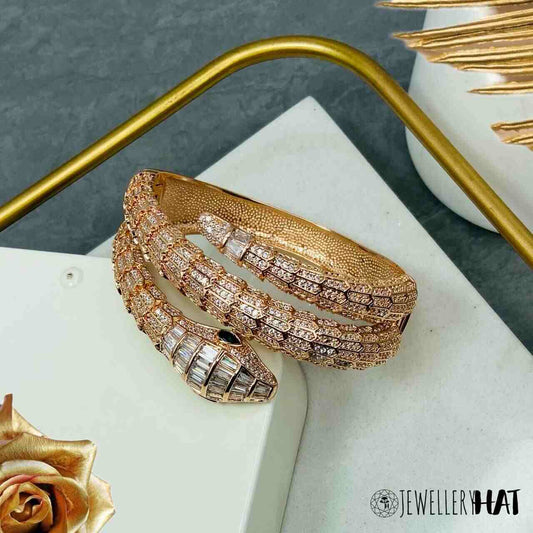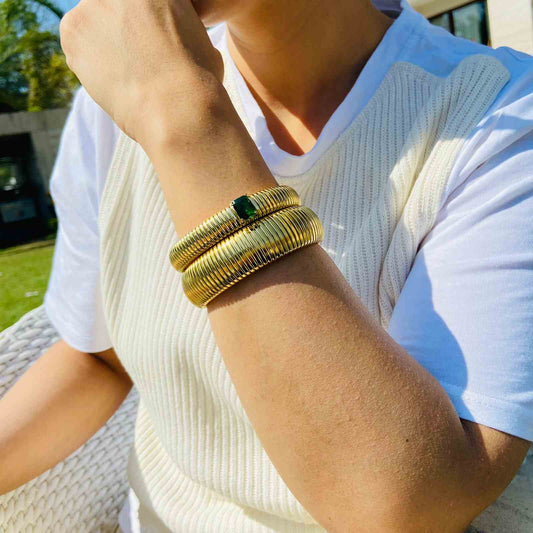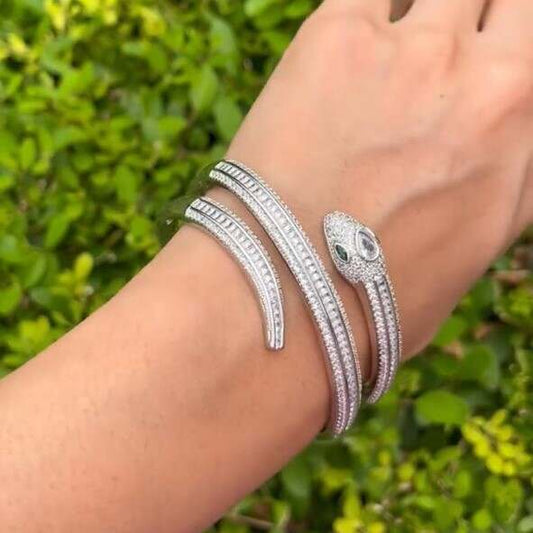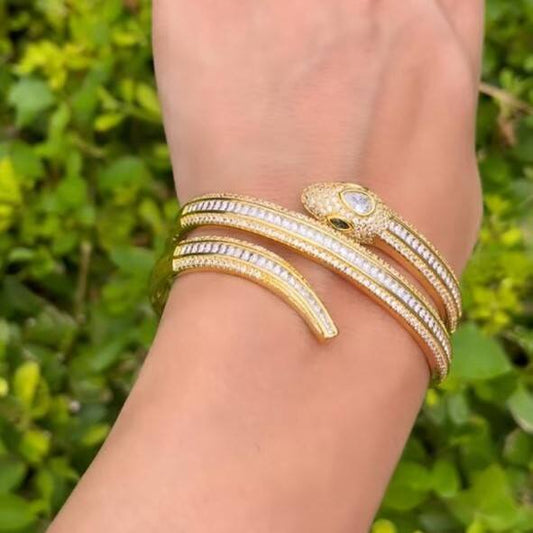Jewelry is not just a fashion statement; it’s often a cherished possession and a significant investment. However, one of the common challenges jewelry owners face is tarnishing. Knowing how to stop jewelry from tarnishing can help you maintain the brilliance and value of your pieces. In this blog, we will delve into the science behind tarnishing and provide effective strategies for preventing it. We’ll also highlight how Jewellery Hat, India’s fastest-growing fashion jewelry brand, uses advanced anti-tarnish technology to ensure your accessories stay stunning.
Understanding Tarnishing: The Science Behind the Process
What Causes Tarnish?
Tarnish is a chemical reaction that affects metals, leading to discoloration and a dull appearance. The primary factors contributing to tarnish are:
1. Exposure to Air
Oxygen in the air can react with metals, causing a process known as oxidation.
- Oxidation Reaction: When metals are exposed to oxygen, they undergo a chemical reaction that forms an oxide layer. For example, silver reacts with oxygen to form silver oxide, which appears as a dark, tarnished layer on the surface.
- Formation of Tarnish: This oxide layer dulls the metal's shine and alters its appearance. Over time, continuous exposure to air can lead to more pronounced tarnishing.
2. Sulfur Compounds
Sulfur compounds, such as hydrogen sulfide (often found in polluted air), can interact with metals, particularly silver and copper.
- Sulfur Reactions: When sulfur compounds come into contact with these metals, they react to form metal sulfides. For instance, silver sulfide forms when silver reacts with hydrogen sulfide, resulting in a black tarnish on the surface.
- Impact on Jewelry: These reactions cause noticeable discoloration and can affect the metal's texture and appearance.
3. Moisture
High humidity or direct exposure to water can accelerate tarnishing by promoting oxidation and corrosion.
- Moisture Interaction: Moisture in the air can facilitate the oxidation process by providing a medium for oxygen to react with metals. Additionally, water can carry pollutants and contaminants that contribute to tarnish.
- Corrosion Risk: Prolonged exposure to moisture can exacerbate corrosion, leading to more severe tarnishing and potential damage to the metal.
4. Acidic Substances
Acidic substances, such as skin oils, sweat, and certain cosmetics, can contribute to tarnishing.
- Acid Reactions: These substances can lower the pH of the metal surface, making it more susceptible to tarnish. For example, the acidity from sweat can react with silver or copper, leading to accelerated tarnishing.
- Impact on Jewelry: Regular contact with acidic substances can cause frequent tarnishing and may require more frequent cleaning and maintenance.
Understanding these factors is crucial for effectively addressing how to stop jewelry from tarnishing.
The Science Behind Tarnish Prevention
To effectively stop jewelry from tarnishing, various scientific methods can be employed. Each method addresses the tarnishing process from a different angle.
Barrier Coatings
Barrier coatings create a protective layer over the metal, preventing direct contact with tarnishing agents.
- Function: The primary function of barrier coatings is to act as a shield that prevents environmental factors like oxygen and sulfur compounds from interacting with the metal.
-
Types: Common barrier coatings include:
- Clear Lacquers: These are transparent coatings applied to jewelry to form a protective layer.
- Rhodium Plating: Rhodium is a precious metal that provides a thin, protective layer over silver or other metals, enhancing their resistance to tarnish.
- Anti-Tarnish Sprays: These sprays contain chemicals that form a protective film over the metal surface.
- Mechanism: By creating a barrier, these coatings prevent chemical reactions that lead to tarnishing, thus preserving the jewelry's appearance.
Anti-Tarnish Treatments
Anti-tarnish treatments involve applying substances that chemically inhibit tarnish formation.
- Function: These treatments work by neutralizing sulfur compounds and other corrosive elements that contribute to tarnishing.
-
Types: Examples include:
- Anti-Tarnish Cloths: Cloths treated with chemicals that help to prevent tarnish by absorbing sulfur compounds and other contaminants.
- Anti-Tarnish Dips: Solutions that you can dip your jewelry into, which neutralize tarnish-causing agents and provide a protective layer.
- Mechanism: These treatments either chemically neutralize tarnish-causing substances or create a protective layer that prevents their interaction with the metal.
Proper Storage
Proper storage helps minimize exposure to tarnishing agents and maintains the jewelry's condition.
- Function: By controlling the environment in which the jewelry is stored, you can reduce the risk of tarnishing.
-
Methods:
- Anti-Tarnish Pouches: Pouches made from materials that contain chemicals to absorb sulfur and other tarnish-causing agents.
- Zip-Lock Bags: Airtight bags that help prevent exposure to air and moisture.
- Cool, Dry Places: Storing jewelry in a dry, cool environment helps minimize humidity and pollutants.
- Mechanism: Proper storage conditions limit the jewelry's exposure to environmental factors that contribute to tarnishing, thus preserving its appearance.
Regular Cleaning
Regular cleaning helps remove contaminants that can contribute to tarnish.
- Function: Cleaning removes oils, dirt, and other substances that can accelerate tarnishing.
-
Methods:
- Mild Soap and Water: A gentle solution that cleans without causing damage.
- Specialized Jewelry Cleaners: Products designed to clean jewelry while protecting its finish.
- Soft Cloths: Used to polish and remove tarnish without scratching the metal.
- Mechanism: Regular cleaning eliminates substances that can react with the metal, thereby reducing the risk of tarnish buildup.
Effective Methods to Stop Jewelry from Tarnishing
Here are practical tips on how to stop jewelry from tarnishing, incorporating the scientific methods discussed:
1. Use Barrier Coatings
Barrier coatings are a highly effective way to prevent tarnish.
- Application: You can apply clear lacquer or rhodium plating yourself if you have the right tools, or seek professional help for a more durable finish.
- Maintenance: Regularly check the condition of the coating and reapply if it shows signs of wear or damage.
2. Choose Anti-Tarnish Jewelry
Opting for anti-tarnish jewelry designed to resist tarnishing from the outset can save you time and effort.
- Materials: Stainless steel and rhodium-plated metals are excellent choices for their inherent resistance to tarnish.
- Brands: Look for reputable brands like Jewellery Hat that offer advanced anti-tarnish technology and high-quality materials.
3. Store Jewelry Properly
Proper storage is essential for preventing tarnish.
- Anti-Tarnish Pouches: Use these to store your jewelry and protect it from environmental factors.
- Dry Environment: Keep your jewelry in a cool, dry place to minimize exposure to moisture and pollutants.
4. Clean Regularly
Maintaining a cleaning routine is key to how to stop jewelry from tarnishing.
- Gentle Cleaning: Use mild soap and water or specialized cleaners to clean your jewelry, avoiding abrasive materials that could cause damage.
- Routine Care: Incorporate regular cleaning into your jewelry care routine to keep tarnish at bay.
3. Lifetime Replacement Warranty
Jewellery Hat offers a lifetime replacement warranty on polishing, ensuring your jewelry remains beautiful.
- Coverage: This warranty addresses any issues related to tarnishing and maintenance.
- Customer Assurance: It reflects Jewellery Hat’s confidence in their anti-tarnish technology and commitment to customer satisfaction.
Conclusion
Understanding how to stop jewelry from tarnishing involves recognizing the causes of tarnish and implementing effective prevention methods. By using barrier coatings, choosing anti-tarnish jewelry, storing pieces properly, and cleaning regularly, you can maintain the beauty and value of your accessories. Jewellery Hat exemplifies how advanced anti-tarnish technology and high-quality materials can enhance the longevity of your jewelry. With their commitment to excellence and customer satisfaction, Jewellery Hat ensures that your jewelry remains stunning and tarnish-free. Explore their collection to experience the benefits of anti-tarnish jewelry and enjoy timeless elegance that lasts.
Contact Us :-







